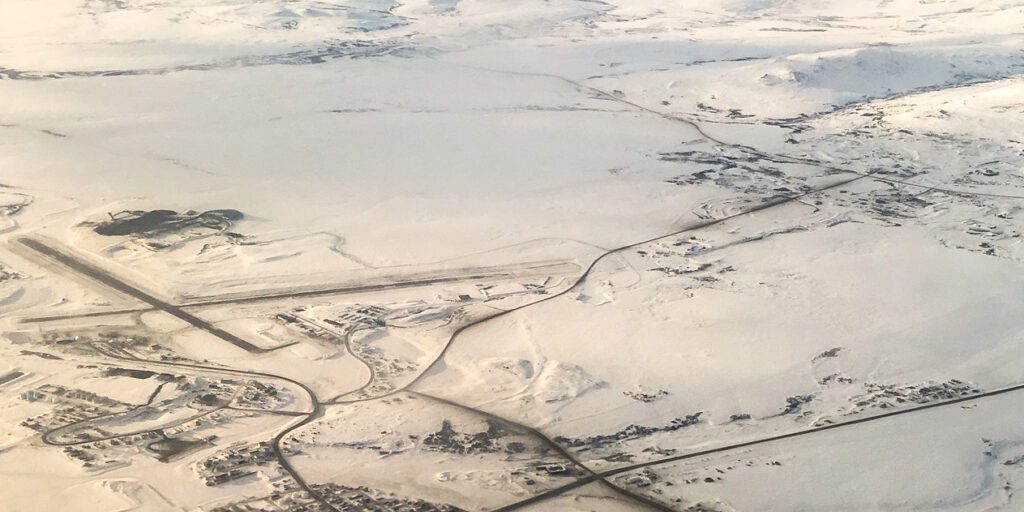Nome and the Bering Strait Region saw half a dozen winter storms in a ten-day period earlier this month [starting on March 13th], which brought a mix of snow and sometimes freezing rain. But one climatologist says the region can expect to see a brief break in the stormy pattern very soon.
“Something of a change coming up here. We’re kind of going to cut off the Western Bering Sea storm track for a few days.”
That’s Rick Thoman, climate specialist with the Alaska Center for Climate Assessment and Policy (ACCAP). Thoman says even though Western Alaska should experience a change in weather, with cooler air expected to blow in, it could be very temporary.
“Looks like we have at least a good chance of returning to more south to southwesterly storm track and another round of precipitation here in five to seven days. So, a little bit of a reprieve, but certainly nothing too dramatic.”
According to Thoman, this would be a more typical weather pattern for this time of year in the region. What is atypical for this time of year though is rainfall. Thoman mentioned some of the winter storms that hit Western Alaska last week during the Iditarod sled dog race brought rain mixed with snow, which he says is fairly unusual.
And those storms have done a number on ice in the Bering Sea recently. As of today, Thoman says the sea ice extent has declined by more than 35% since it reached its maximum two weeks ago.
“March 25th was actually the 4th lowest sea ice extent in the satellite era in the Bering Sea. So that’s going back 42 years. We have seen large areas of mostly open water open up on the north side of St. Lawrence Island, especially Savoonga eastward. There’s been brief periods even on the Northern Seward Peninsula Coast where Shishmaref has had periods of open water as well.”
In the Southern Norton Sound, there is still a large area of shore fast ice, however Thoman says open water is becoming more and more common in the Bering Strait Region.
According to the NOAA Climate Prediction Center’s forecast models, the general trend of sea ice loss in the Bering Sea will continue, but the Norton Sound could hold onto its ice pack longer than other parts of the region.
Image at top: An aerial view of Nome, and the surrounding countryside; March 2017. Photo: Margaret DeMaioribus, KNOM (2017).




